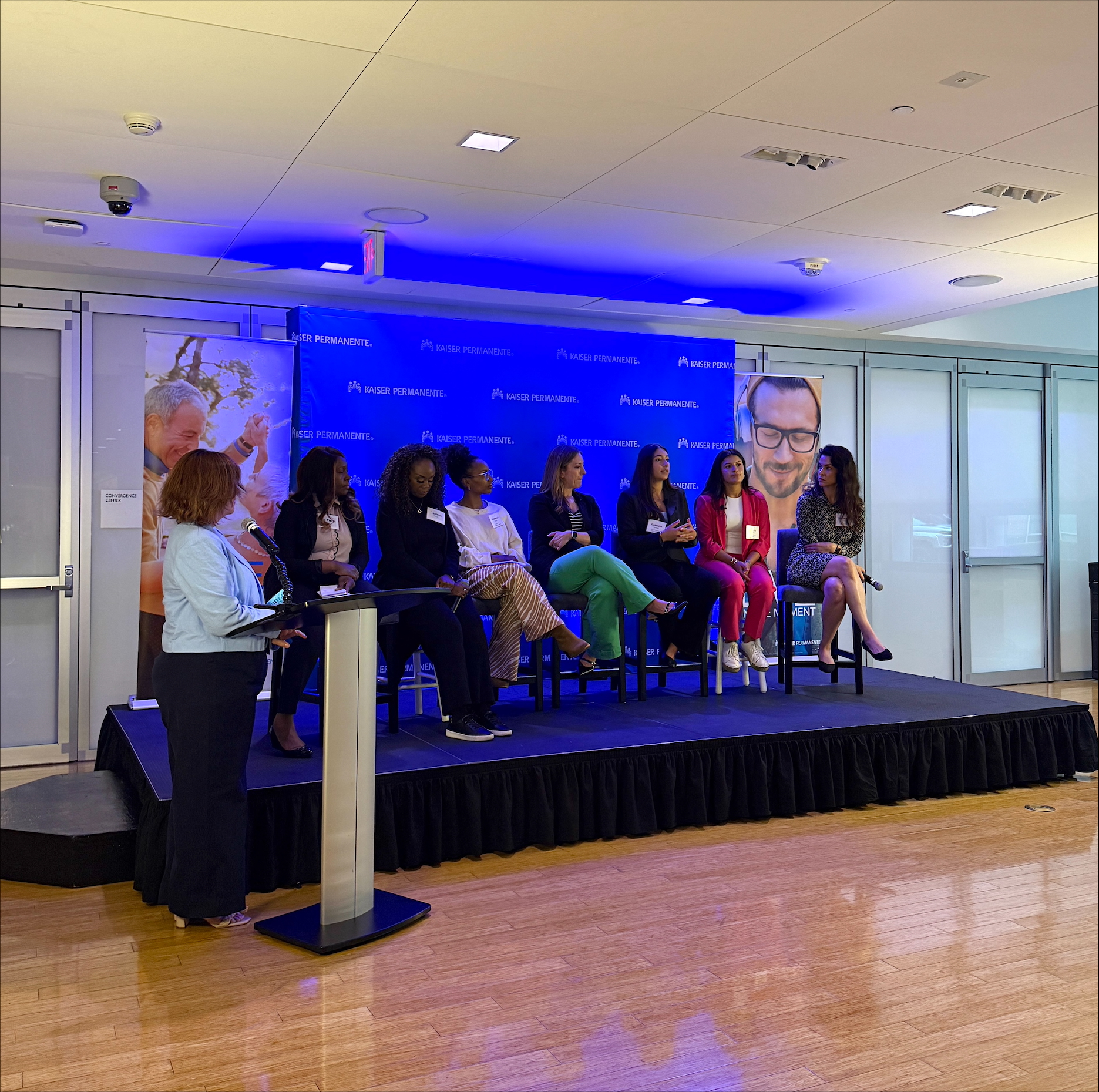School sports, arts and music programs bear the brunt of spending cuts induced by persistent state and local government budget shortfalls. Rightfully so, many would say. The prevailing view in lean times: emphasize core curriculum. Prioritize science, technology, engineering, mathematics. But, we should understand cuts to team sports and arts curricula come with their own set of costs.
According to the organization Up2us, a New York-based nonprofit promoting youth sports, spending on school sports nationally dropped $3.5 billion from 2009 to 2011. Data showing whether schools have restored funding at any level in recent years is hard to come by.
Numbers such as these are much easier to find:
- One in three children between 2 and 19 years is overweight or obese
- Seven out of 10 children don’t get the recommended amount of exercise to maintain good health
- Nationally, six out 10 children must pay fees to participate in sports
- In five years, unless something changes, more than a quarter (27 percent) of all public high schools in U.S. will have no sports programs; we can infer schools in lower-income areas will suffer an even higher percentage
- One in four middle and high school students reports being a victim of violence at or near school
A 2012 study by the U.S. Department of Education concluded that inner-city schools saw a large drop in access to music education programs compared to a decade earlier. In the 1999-2000 school year, all (100 percent) such schools in the survey reported having a music program. Ten years later that number dropped to just 81 percent.
Why extra-curriculars matter
 Recent research spotlights why we should care about non-academic learning. One study shows men and women who played high school sports tend to earn more than their peers. Numerous studies establish a strong correlation between music, visual arts and language study and improved performance in academic subjects.
Recent research spotlights why we should care about non-academic learning. One study shows men and women who played high school sports tend to earn more than their peers. Numerous studies establish a strong correlation between music, visual arts and language study and improved performance in academic subjects.
The good news is that the issue appears to be garnering attention. At an event in New York City last week, prominent professional athletes decried the high fees often required for young people to play team sports. Brandon Marshall of the New York Jets football team likened today’s “pay to play” reality to a “kind of civil rights movement.” Professional sports league’s in the U.S. have made youth sports participation a cause.
Kaiser Permanente is partnering with the National Basketball Association on its NBA Fit initiative, encouraging all students to be more active and eat right. The National Football League started NFL Play 60 last year to encourage at least 60 minutes of physical activity per day.
Earlier this year, California’s Superintendent of Public Instruction, Tom Torlakson, announced the “Blueprint for Creative Schools” initiative, with a goal of restoring music and arts curricula. Similar initiatives are popping up in other states.
Will we return to a time where K-12 public education includes a year-round array of non-academic opportunities? Unlikely. It’s heartening, however, to see educators, policy makers and influencers paying more attention to what kids need, not merely to succeed, but to thrive.




